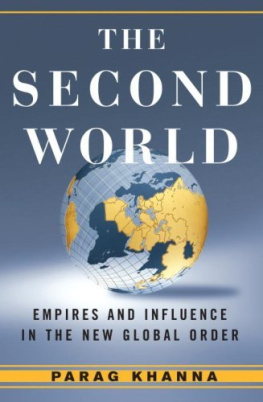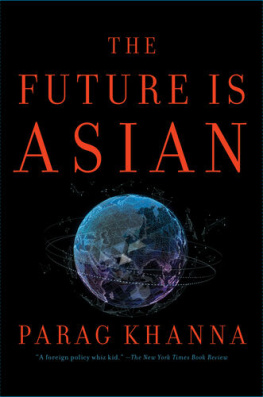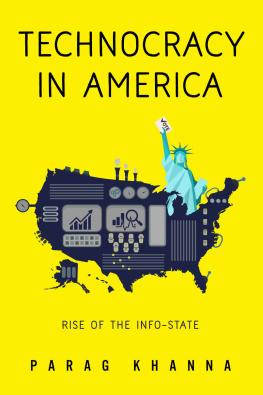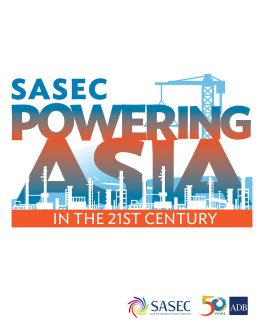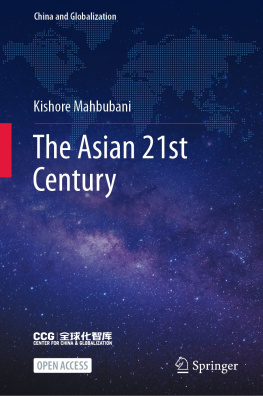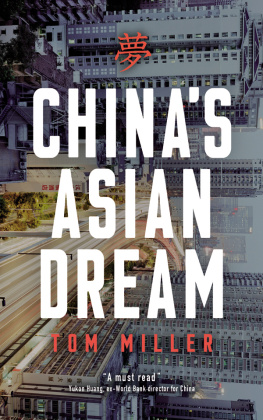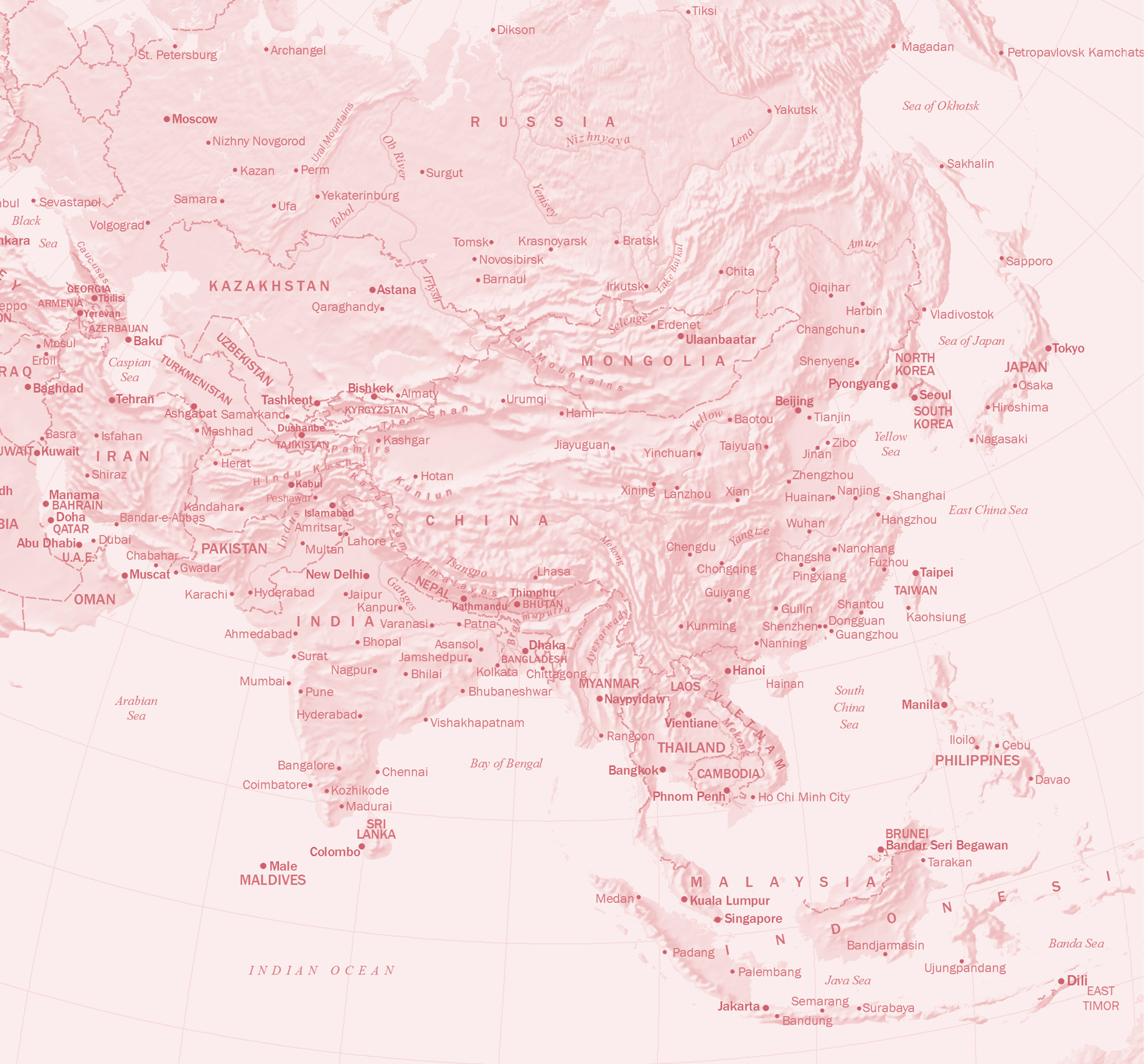Thank you for downloading this Simon & Schuster ebook.
Get a FREE ebook when you join our mailing list. Plus, get updates on new releases, deals, recommended reads, and more from Simon & Schuster. Click below to sign up and see terms and conditions.
CLICK HERE TO SIGN UP
Already a subscriber? Provide your email again so we can register this ebook and send you more of what you like to read. You will continue to receive exclusive offers in your inbox.
We hope you enjoyed reading this Simon & Schuster ebook.
Get a FREE ebook when you join our mailing list. Plus, get updates on new releases, deals, recommended reads, and more from Simon & Schuster. Click below to sign up and see terms and conditions.
CLICK HERE TO SIGN UP
Already a subscriber? Provide your email again so we can register this ebook and send you more of what you like to read. You will continue to receive exclusive offers in your inbox.
A LSO BY P ARAG K HANNA
The Second World: Empires and Influence in the New Global Order
How to Run the World: Charting a Course to the Next Renaissance
Hybrid Reality: Thriving in the Emerging Human-Technology Civilization
Connectography: Mapping the Future of Global Civilization
Technocracy in America: Rise of the Info-State

Simon & Schuster
1230 Avenue of the Americas
New York, NY 10020
www.SimonandSchuster.com
Copyright 2019 by Parag Khanna
All rights reserved, including the right to reproduce this book or portions thereof in any form whatsoever. For information, address Simon & Schuster Subsidiary Rights Department, 1230 Avenue of the Americas, New York, NY 10020.
First Simon & Schuster hardcover edition February 2019
SIMON & SCHUSTER and colophon are registered trademarks of Simon & Schuster, Inc.
For information about special discounts for bulk purchases, please contact Simon & Schuster Special Sales at 1-866-506-1949 or .
The Simon & Schuster Speakers Bureau can bring authors to your live event. For more information or to book an event, contact the Simon & Schuster Speakers Bureau at 1-866-248-3049 or visit our website at www.simonspeakers.com.
Interior design by Silverglass Design
Jacket design by Tom Mckeveny
Jacket art by Liu Zishan and Mirexon/Shut Terstock
Library of Congress Cataloging-in-Publication Data is available.
ISBN 978-1-5011-9626-3
ISBN 978-1-5011-9627-0 (ebook)
F OR M Y F IVE B ILLION N EIGHBORS
Introduction: Asia First
When did the Asian century begin?
Forecasts of Asias rise to global preeminence go back two centuries to Napoleons alleged quip about China: Let her sleep, for when she wakes she will shake the world.
Nearly a century ago, in 1924, the German general Karl Haushofer predicted a coming Pacific Age. But Asia is much more than the countries of the Pacific Rim. Geographically, Asia stretches from the Mediterranean and Red Seas across two-thirds of the Eurasian continent to the Pacific Ocean, encompassing fifty-three countries and nearly 5 billion peopleonly 1.5 billion of whom are Chinese. The Asian century will thus begin when Asia crystallizes into a whole greater than the sum of its many parts. That process is now underway.
When we look back from 2100 at the date on which the cornerstone of an Asian-led world order began, it will be 2017. In May of that year, sixty-eight countries representing two-thirds of the worlds population and half its GDP gathered in Beijing for the first Belt and Road Initiative (BRI) summit. This gathering of Asian, European, and African leaders symbolized the launch of the largest coordinated infrastructure investment plan in human history. Collectively, the assembled governments pledged to spend trillions of dollars in the coming decade to connect the worlds largest population centers in a constellation of commerce and cultural exchangea new Silk Road era.
The Belt and Road Initiative is the most significant diplomatic project of the twenty-first century, the equivalent of the mid-twentieth-century founding of the United Nations and World Bank plus the Marshall Plan all rolled into one. The crucial difference: BRI was conceived in Asia and launched in Asia and will be led by Asians.
This is the story of one entire side of the planetthe Asian sideand its impact on the twenty-first-century world.
For most of recorded history, Asia has been the most important region of the globe. As the late British economist Angus Maddison demonstrated, for the past two thousand years, until the mid-1800s, China, India, and Japan together generated a greater total gross domestic product (GDP) (in purchasing power parity, or PPP, terms) than the United States, United Kingdom, France, Germany, and Italy combined. But with the Industrial Revolution, Western societies modernized their economies, expanded their empires, and subjugated most of Asia. After two centuries of Europe ruling the world, the United States rose to become a global power through its victory in the Spanish-American War (which gave it control of Cuba and the Philippines) and its decisive role in ending World War I.
But only after World War IIwhen Western powers stopped trying to conquer one anotherdid a stable Western order emerge. It was embodied in US military and economic power, the transatlantic North Atlantic Treaty Organization (NATO) alliance, and international institutions such as the United Nations, World Bank, and International Monetary Fund (IMF). Seventy years ago, nobody knew how enduring those agreements and bodies would beespecially as the Cold War divided much of the world. Only at the end of the Cold War could the West be confident in the triumph of its liberal, democratic, capitalist system. And only in the 1990s did the world order become truly global as numerous former Soviet republics joined the European Union and NATO, while dozens of developing countries joined bodies such as the World Trade Organization (WTO) that promoted what was known as the Washington Consensus of free trade and economic deregulation. Western laws, interventions, money, and culture set the global agenda.
But the nearly two decades spanning the September 11, 2001, terrorist attacks and the 2003 Iraq War through the 200708 financial crisis to the November 2016 election of Donald Trump as US president will be remembered as a period of profound rupture with the previous decades of Western dominance. The failures of the Afghanistan and Iraq wars, the disconnect between the financial (Wall Street) and real (Main Street) economies, the inability to integrate Russia and Turkey into the West, and democracy hijacked by populiststhese are among the salient episodes that have brought many Western elites to question the future of their political, economic, and social values. Today Western societies are consumed with domestic ills: mounting debt, rising inequality, political polarization, and culture wars. American millennials have grown up with a war on terror, declining median income, mounting racial tension, arbitrary gun violence, and political demagoguery. European youths struggle with economic austerity, high unemployment, and out-of-touch politicians. The West has pioneered wondrous technological advances from communications to medicine, but its populations have not enjoyed the benefits evenly.
As the West was fighting and winning the Cold War, Asia began to catch up. Over the past four decades, Asians have gained the greatest share of total global economic growth and Westerners, especially middle-class industrial workers, the leasta trend driven by the rise of manufacturing in Asia. As Asians come to adopt some semblance of a common worldview, it is time to explore not if Asians can think but what they think.
Next page

